The privately-minted fractional gold coins during the California gold rush. Read how the fractional gold pieces were used as money in the California boomtowns.
The California gold coins were privately-minted gold coins that were circulated in Northern California from the year 1852 towards the beginning of the 20th century. Due to their high gold content and low face values, the California gold coins were small and were often minted in round or octagonal shapes.
The California gold coins had a denomination of $1, $ 1/2 (50 cents), and $ 1/4 (25 cents); hence they were often called the fractional gold coins. California gold coins were produced by businessmen and jewelers. Most fractional gold coins were crudely hand struck.
History of the California fractional gold coins
The California gold coins trace their origins to the discovery of the gold nuggets in the waste canal of Sutter’s lumber mill along the American River. The mining and panning of the precious metal brought in an influx of immigrants to San Francisco in 1849. Thus, the newcomers were nicknamed the “forty-niners”.
At the height of the gold rush between the years 1850 and 1882, the prospering economy in boomtowns saw a coin shortage. Gold dust, gold ingots, and gold nuggets were used in lieu of coins.
The flourishing commerce from the gold mines was restricted because of the need for coins to circulate. For easier business transactions, bankers and businessmen came up with private mints to make their own gold coins for commercial use.
Private Gold Coins
During the California Gold Rush, the U.S. Mint had limited capacity to coin gold into money, leading to a shortage of currency. As a result, private individuals and businesses, including jewelers, assay offices, and banks, began minting their own gold coins. These private gold coins were often referred to as “California gold,” and they were used for commerce in the region during the Gold Rush. They typically came in various denominations, such as $1, $5, $10, and $20.
Territorial Gold Coins
Some of the privately minted gold coins from California were also used in other western territories and states, such as Oregon and Utah. These are often called “territorial gold coins” and are considered part of the broader category of California gold coins.
Types of California gold coins
Most California gold coins, being private issues, were struck with the initials or insignia of their manufacturers. The production of the fractional gold pieces was divided into three periods:
• Period One issues (1852 – 1856)
The first issues of the California gold coins loosely resembled the US gold coins that were issued by the Federal government between 1849 and 1854. The period one California fractional gold coins almost have the same weight, value, and Liberty designs like of the federal coinage.
In the 1850s, the smallest denomination of the American coinage was the $10 Eagle coin.
The first period California gold coins were handy as loose pocket changes and useful in breaking down a bigger sum of money into a more convenient denomination.
• Period Two issues (1859 – 1882)
The second generation of the gold rush coins shrunk in size. The period two the California fractional pieces contained lesser weight in gold than their stamped face value. By this time, the smaller California gold coins were struck in various shapes and designs.
Most manufacturers of the period two issues were French jewelers and their business partners. Hence, these gold fractional pieces were called the jewelers’ issues.
The second issues of the California gold coins had mintmarks like D.N. (Deriberpe and Nouizillet), F.D. (Frontier and Deviercy), and N.R. (Nouizillet and Routhier).
By 1880s, some private mints began producing the gold-plated fractional coins with a clad metal base. These coins were sold as souvenirs and curios for tourists visiting the San Francisco gold mines.
• Period Three issues (1833 – early 20th Century)
After sometime, the popularity of the fractional gold coins has waned. The federal government saw it was against the official US coinage to mint gold coins in private.
But still, the third issues of the California gold coins were illegally produced and manufacturers backdated them to avoid punishment. Because of the circumstances, only a small number of fractional gold pieces were minted during the last period.
Collecting fractional gold coins
Numismatists collect the California fractional gold coins because of their rustic Old West charm. The unusual shape and size of a California fractional gold coin make it stand out among the other coins in a numismatic collection. Some famous coin collections like the Harry Bass, Jr. collection include the California gold coins.
Another good reason why fractional gold coins are collected is because of their pure gold content equivalent to that of modern bullion gold coins like the American Gold Eagles.
Coin collectors and investors consider the California fractional coins as one of the US rare coins. The rarity of the fractional gold coins and the increasing demand from gold coin collectors make them ideal gold coin investments.
Like the bullion coins, the value of the fractional gold coins is based on the gold spot price plus a premium, or the dealer’s markup price. Today, most surviving California gold coins are second period issues minted in 1859 to 1882. Gold coin collectors can also buy the replicas of the California fractional coins.
Many budding gold coin investors begin their portfolios with smaller coins like the California gold half coins. In the same way, veteran gold coin investors include fractional gold coins in their assets because of their liquidity. Small California gold coins spell easier cash-in and fast mobility for gold coin investors.
Gold Slug
The most famous and sought-after California gold coins are known as “Octagonal” or “Round” gold slugs, produced by the United States Assay Office of Gold in San Francisco during the late 1850s and early 1860s. These coins came in both octagonal and round shapes and are highly desirable among collectors.
Collectors interested in California gold coins should be aware that there are also many replicas and counterfeit pieces in circulation. Therefore, it’s crucial to seek authentication and grading from reputable numismatic organizations or experts when evaluating the authenticity and value of these historic coins.

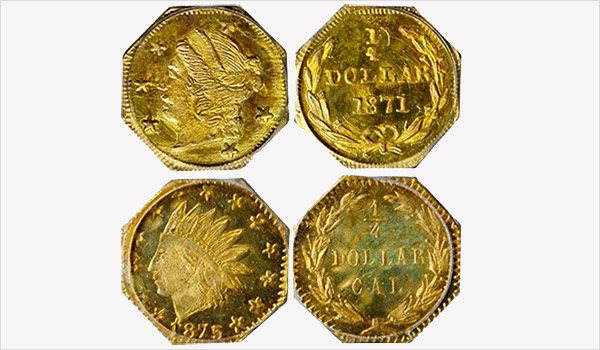




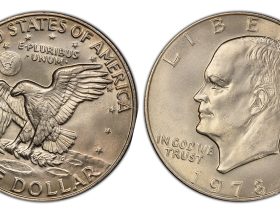
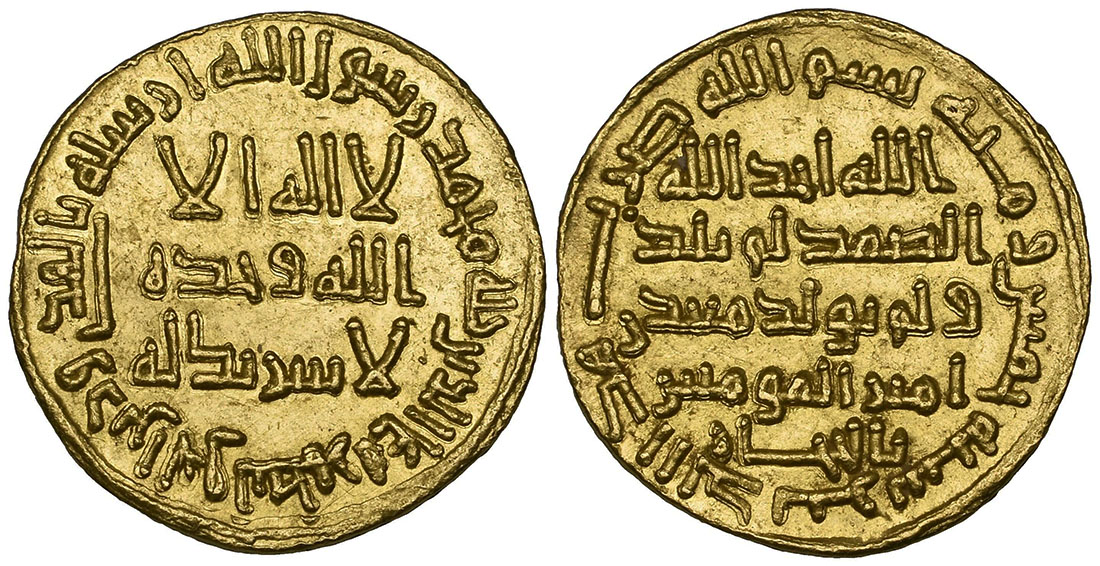
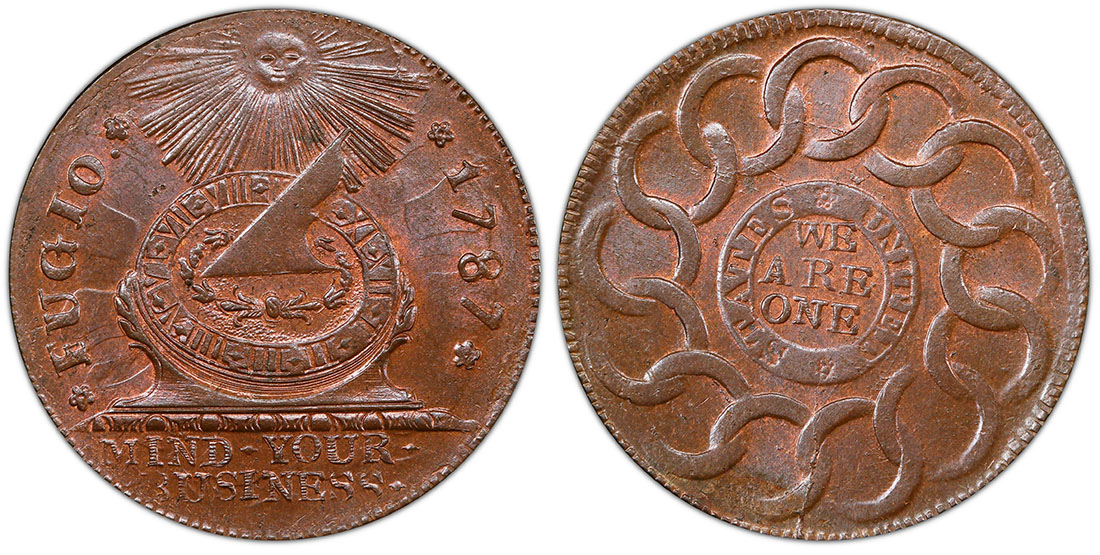
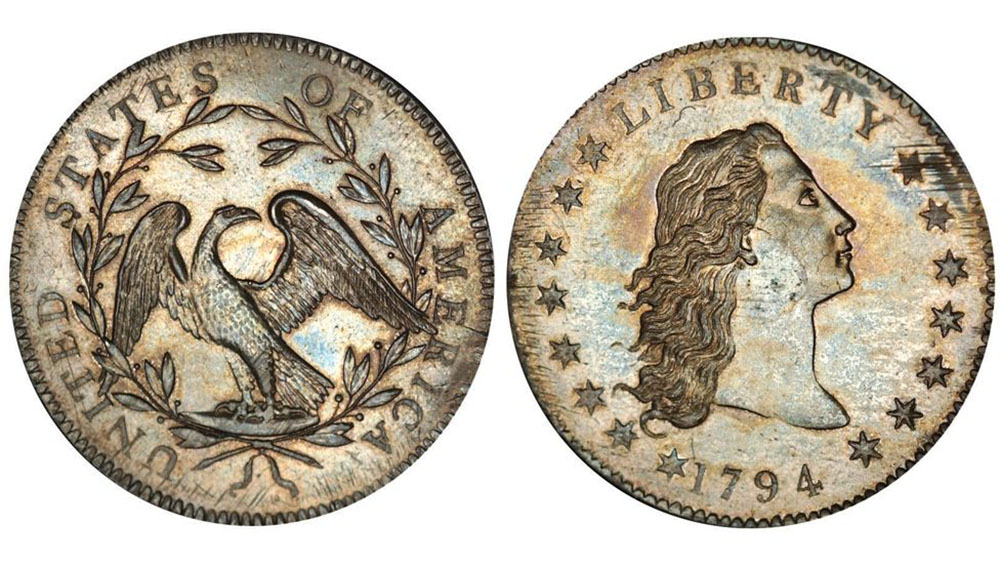

Leave a Reply